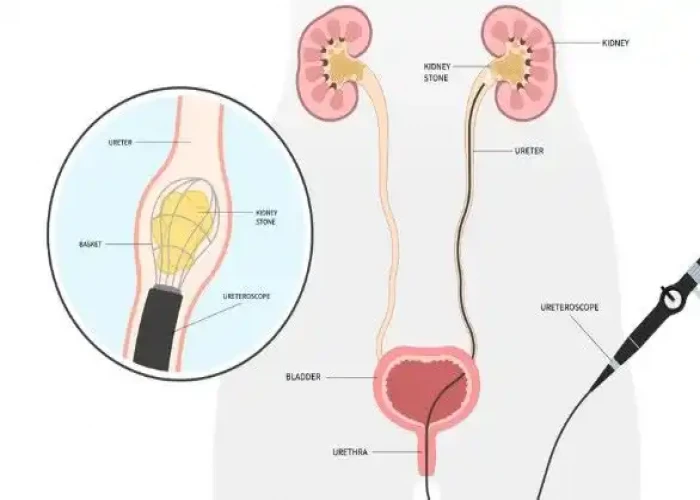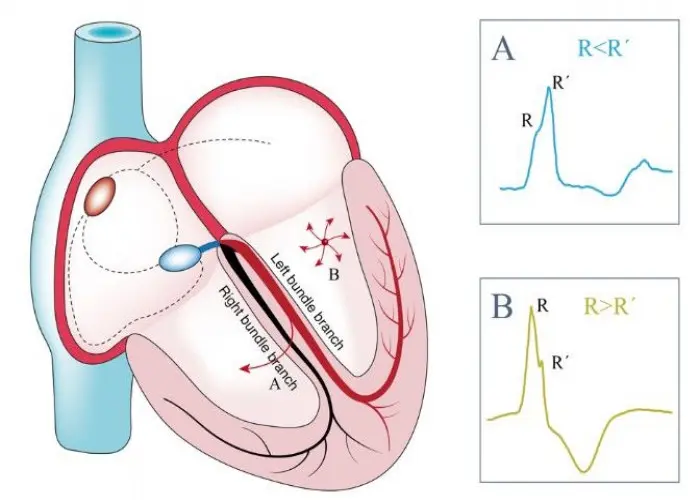 Welcome
Welcome
“May all be happy, may all be healed, may all be at peace and may no one ever suffer."
Preterm labor

Preterm labor, also known as premature labor, is the onset of labor before the 37th week of pregnancy. This can lead to the premature birth of a baby, which can result in health problems or complications for the baby.
The signs and symptoms of preterm labor may include contractions that occur more frequently than every 10 minutes, pelvic pressure or lower back pain, vaginal discharge or bleeding, and a feeling of abdominal or pelvic heaviness. If a woman experiences any of these symptoms, it is important to contact her healthcare provider immediately.
There are several risk factors that can increase a woman's likelihood of experiencing preterm labor, including a history of preterm labor, a multiple pregnancy, certain medical conditions such as diabetes or high blood pressure, and lifestyle factors such as smoking or drug use.
Treatment for preterm labor may involve bed rest, medications to stop contractions or to promote fetal lung maturity, or in some cases, early delivery. In some cases, healthcare providers may recommend a cervical cerclage, which is a surgical procedure that helps keep the cervix closed to prevent premature labor.
Prevention of preterm labor may involve addressing risk factors such as smoking or substance use, managing medical conditions such as diabetes or high blood pressure, and receiving appropriate prenatal care. It is important for women to attend all scheduled prenatal appointments and to discuss any concerns or questions with their healthcare provider.
Research Papers
Disease Signs and Symptoms
- Back pain
- A sensation of pelvic or lower abdominal pressure
- Regular or frequent sensations of abdominal tightening (contractions)
- Foul menstruation or vaginal discharge
- Vaginal bleeding
- Abdomen cramps
- Pelvic pain
- Abdomen pain
- Sensation of pelvic pressure
- A change in the type of vaginal discharge watery, mucus-like or bloody
Disease Causes
Disease Prevents
Preterm labor
You might not be able to prevent preterm labor — but there's much you can do to promote a healthy, full-term pregnancy. For example:
- Seek regular prenatal care. Prenatal visits can help your health care provider monitor your health and your baby's health. Mention any signs or symptoms that concern you. If you have a history of preterm labor or develop signs or symptoms of preterm labor, you might need to see your health care provider more often during pregnancy.
- Eat a healthy diet. Healthy pregnancy outcomes are generally associated with good nutrition. In addition, some research suggests that a diet high in polyunsaturated fatty acids (PUFAs) is associated with a lower risk of premature birth. PUFAs are found in nuts, seeds, fish and seed oils.
- Avoid risky substances. If you smoke, quit. Ask your health care provider about a smoking cessation program. Illicit drugs are off-limits, too.
- Consider pregnancy spacing. Some research suggests a link between pregnancies spaced less than six months apart, or more than 59 months apart, and an increased risk of premature birth. Consider talking to your health care provider about pregnancy spacing.
- Be cautious when using assisted reproductive technology (ART). If you're planning to use ART to get pregnant, consider how many embryos will be transferred. Multiple pregnancies carry a higher risk of preterm labor.
- Manage chronic conditions. Certain conditions, such as diabetes, high blood pressure and obesity, increase the risk of preterm labor. Work with your health care provider to keep any chronic conditions under control.
If your health care provider determines that you're at increased risk of preterm labor, he or she might recommend taking additional steps to reduce your risk.
Disease Treatments
Medications
Once you're in labor, there are no medications or surgical procedures to stop labor, other than temporarily. However, your doctor might recommend the following medications:
- Corticosteroids. Corticosteroids can help promote your baby's lung maturity. If you are between 23 and 34 weeks, your doctor will likely recommend corticosteroids if you are thought to be at increased risk of delivery in the next one to seven days. Your doctor may also recommend steroids if you are at risk of delivery between 34 weeks and 37 weeks.
- You might be given a repeat course of corticosteroids if you're less than 34 weeks pregnant, at risk of delivering within seven days, and you had a prior course of corticosteroids more than 14 days previously.
- Magnesium sulfate. Your doctor might offer magnesium sulfate if you have a high risk of delivering between weeks 24 and 32 of pregnancy. Some research has shown that it might reduce the risk of a specific type of damage to the brain (cerebral palsy) for babies born before 32 weeks of gestation.
- Tocolytics. Your health care provider might give you a medication called a tocolytic to temporarily slow your contractions. Tocolytics may be used for 48 hours to delay preterm labor to allow corticosteroids to provide the maximum benefit or, if necessary, for you to be transported to a hospital that can provide specialized care for your premature baby.
- Tocolytics don't address the underlying cause of preterm labor and overall have not been shown to improve babies' outcomes. Your health care provider won't recommend a tocolytic if you have certain conditions, such as pregnancy-induced high blood pressure (preeclampsia).
If you're not hospitalized, you might need to schedule weekly or more-frequent visits with your health care provider so that he or she can monitor signs and symptoms of preterm labor.
Surgical procedures
If you are at risk of preterm labor because of a short cervix, your doctor may suggest a surgical procedure known as cervical cerclage. During this procedure, the cervix is stitched closed with strong sutures. Typically, the sutures are removed after 36 completed weeks of pregnancy. If necessary, the sutures can be removed earlier.
Cervical cerclage might be recommended if you're less than 24 weeks pregnant, you have a history of early premature birth, and an ultrasound shows your cervix is opening or your cervical length is less than 25 millimeters.
Preventive medication
If you have a history of premature birth, your health care provider might suggest weekly shots of a form of the hormone progesterone called hydroxyprogesterone caproate, starting during your second trimester and continuing until week 37 of pregnancy.
In addition, your health care provider might offer progesterone, which is inserted in the vagina, as a preventive measure against preterm birth. If you are diagnosed with a short cervix before week 24 of pregnancy, your health care provider might also recommend use of progesterone until week 37 of pregnancy.
Recent research suggests that vaginal progesterone is as effective as cervical cerclage in preventing preterm birth for some women who are at risk. The medication has the advantage of not requiring surgery or anesthesia. Your doctor may offer you medication as an alternative to cervical cerclage.
If you have a history of preterm labor or premature birth, you're at risk of a subsequent preterm labor. Work with your health care provider to manage any risk factors and respond to early warning signs and symptoms.
Disease Diagnoses
Disease Allopathic Generics
Disease Ayurvedic Generics
Disease Homeopathic Generics
Disease yoga
Preterm labor and Learn More about Diseases

Diaper rash

Milia

Bladder stones

Ureteral obstruction

Thunderclap headaches

Bundle branch block

Sleep terrors (night terrors)

Posterior cortical atrophy
preterm labor, প্রিটার্ম লাডোর
To be happy, beautiful, healthy, wealthy, hale and long-lived stay with DM3S.
